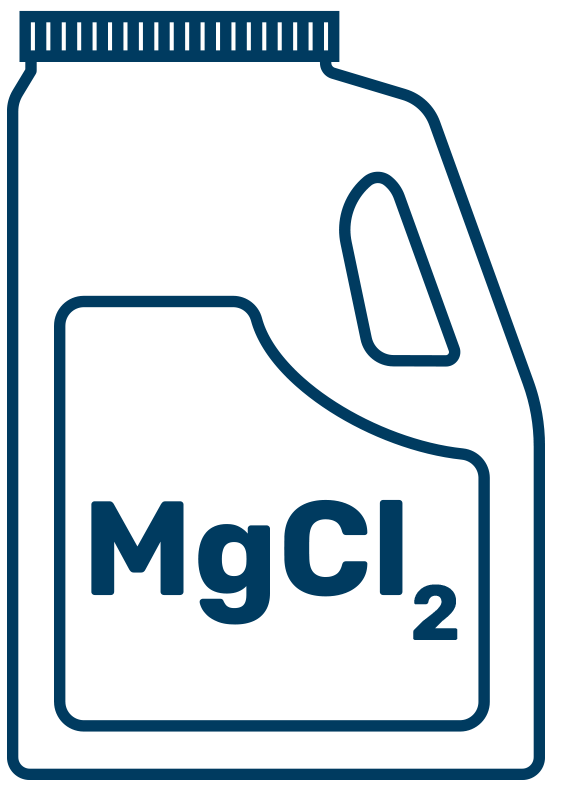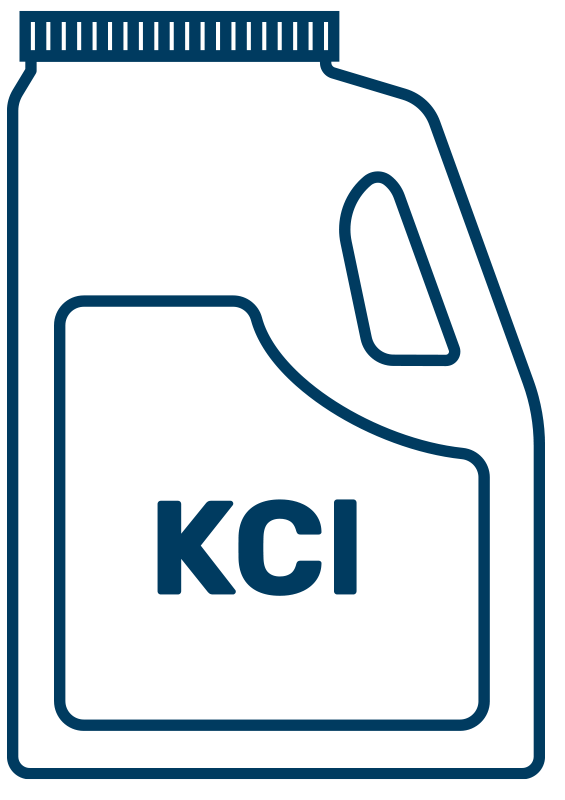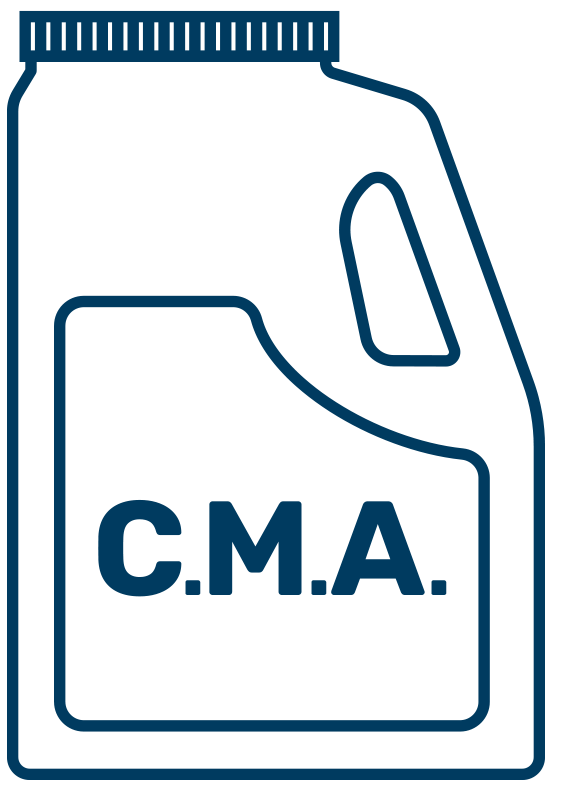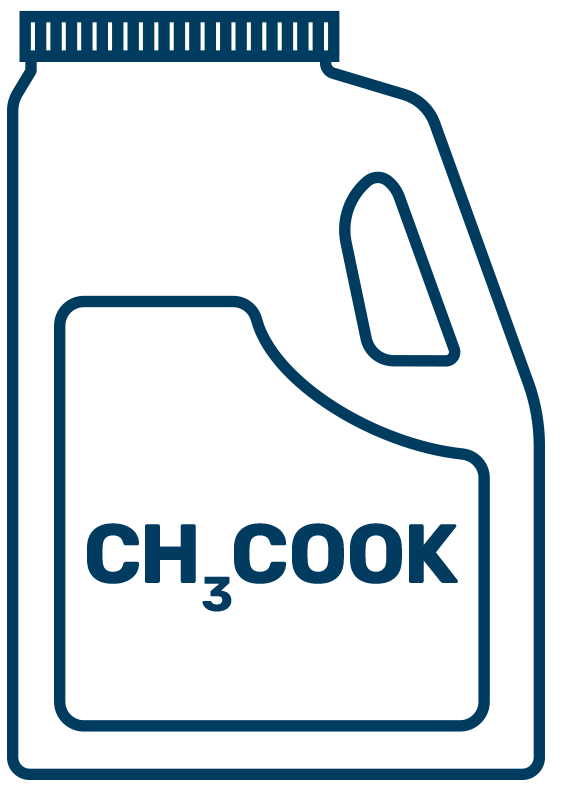What you can you do to prevent stormwater runoff?
Salt Use in Water

Getting ready for winter in Vermont involves everything from putting on your snow tires to stocking up on firewood. You might also keep rock salt handy for dealing with ice on your steps or driveway.
But salt use can contribute to water pollution in Vermont’s lakes, rivers, and streams and harm vegetation. In fact, it only takes one teaspoon of salt to permanently pollute 5 gallons of water.
How much salt should you use?
A 12-oz. coffee cup of rock salt can effectively cover a 20-foot long driveway or 10 sidewalk squares, according to UVM’s Lake Champlain Sea Grant Program.
Additional Tips for Winter Salt Use
Temperature matters
Salt only works on pavement with a temperature of 15 degrees or higher, so be sure to measure the pavement’s temperature beforehand. Use a thermometer for an accurate temperature reading on your driveway, sidewalk, or walkway.
Additional Tips
- Before anything, shovel away ice or snow before putting salt onto a hard surface.
- Maintain 3-inch spacing between grains of salt. A general rule of thumb is to use no more than 1 to 1.5 cups per every two parking lot spaces.
- Sweep up extra salt and reuse it later. If you inadvertently use too much and leave it on the pavement, the salt will run off into a local storm drain, nearby vegetation, or water body. Be sure to clean up and reuse salt to do your part.
What types of salt and deicers are available?
Rock Salt (Sodium Chloride)

Best For:
Basic ice melting in temperatures above 15°F.
Pros:
Affordable and widely available.
Cons:
Loses effectiveness in extremely cold temperatures and can damage concrete, vegetation and metal over time. It can be harmful if pets walk on treated areas or ingest the salt.
Calcium Chloride

Best for:
Melting ice in extremely cold temperatures (effective down to -25°F).
Pros:
Works quickly and continues to work in very low temperatures. Less damaging to surfaces than rock salt.
Cons:
More expensive and can still harm vegetation if overused. It can be harmful if pets walk on treated areas or ingest the salt.
Magnesium Chloride

Best for:
Works well at lower temperatures (effective to about -13°F).
Pros:
Less corrosive than rock salt, safer for plants and animals, and produces less dust.
Cons:
More expensive than rock salt and can cause corrosion over time.
Potassium Chloride

Best for:
Effective only at temperatures above 15°F.
Pros:
Safer for plants and less corrosive. Less toxic to pets if ingested in small amounts.
Cons:
Expensive and less effective at lower temperatures.
Calcium Magnesium Acetate

Best for:
It’s an eco-friendly option. Non-toxic and safe for pets, as it is made from limestone and acetic acid (a key component of vinegar).
Pros:
Eco-friendly and gentle on surfaces, plants, and pets.
Cons:
Works best in moderate winter conditions, not extremely cold temperatures. More expensive than traditional rock salt.
Potassium Acetate

Best for:
It’s often used at airports because it’s safe for concrete and metal.
Pros:
Biodexq and haxs low toxicity for plants and animals. Effective at very low temperatures, down to -76°F.
Cons:
Significanxqtly more expensive than traditional salts.
